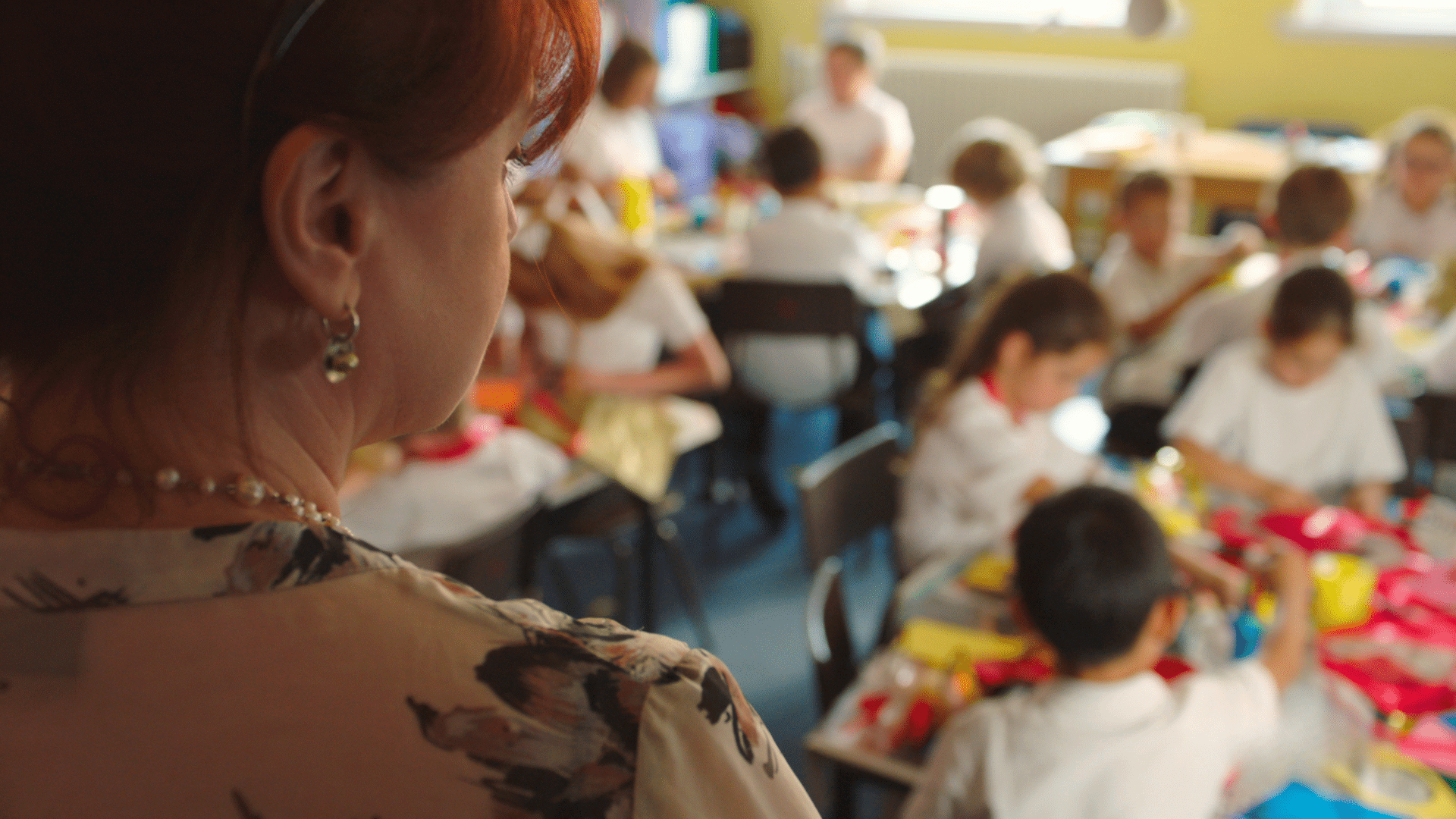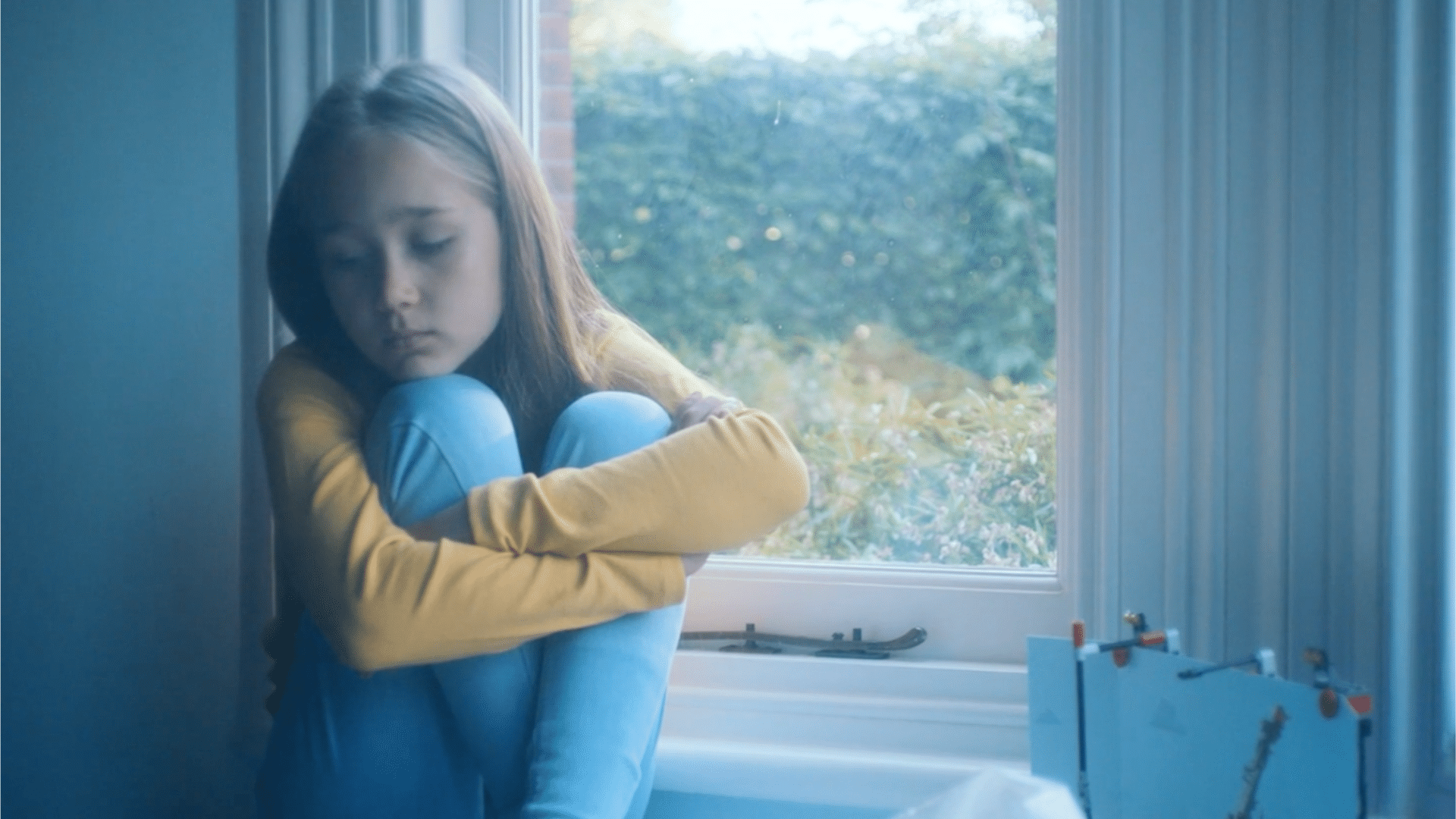
By understanding risk factors for depression and supporting children to meet these challenges, we can encourage better mental health outcomes.
Sad, SAD or depressed?
We all feel sad sometimes – it’s part of being human, and it’s no different for children. At its root, sadness can be a healthy way of identifying where our needs aren’t being met, or of signalling to others that we need support. Sometimes the best thing you can do for a child is to help them learn to sit with these uncomfortable emotions and to find healthy ways of processing them. However, it can be difficult to know when to let feelings pass and when to take action.
It’s common to find things a little harder in winter, and when the days get shorter we can feel less resilient. Children can suffer from a condition known as ‘Seasonal Affective Disorder’ or ‘SAD’, although it is more common in teenagers and young adults. It is thought that the lack of daylight can affect hormones in the body, and cause a persistent low mood or lethargy during winter months.
When a low mood persists for weeks or months all year round, or is regularly impacting a child’s daily activities, then it might be diagnosed as depression. Physical symptoms can start to affect a child’s sleep routine, appetite or the ability to concentrate. You might also notice more subtle changes such as general aches and pains, a drop in confidence, or less enjoyment doing things they used to love. It has also been shown that depression can cause changes in the brain which, sadly, can make it more likely to recur in the future. It’s a very personal decision when to seek help, but this is just one reason why early intervention is so important.
For a diagnosis of depression a child must display a range of symptoms which impair their functioning. You can learn more about the symptoms of depression by watching our short educational film or reading our factsheet.
Risk factors for depression in young people
Some children are at greater risk of experiencing depression, such as those who experience bullying or discrimination, illness and bereavement, or socioeconomic deprivation. Depression can also be more common in children with pre-existing mental health or neurodevelopmental conditions. For example, studies suggest that depression may be more common in people with autism, and children with learning difficulties are four times more likely to experience a mental health disorder.
The Children Society’s 2021 Good Childhood Report unsurprisingly found a correlation between financial strain and an increase in depressive symptoms. School holidays during winter can create challenges for some children from disadvantaged backgrounds, where there may be reduced access to hot meals and central heating. New research supported by the NHMRC Centre of Research Excellence in Healthy Housing, suggests that living in a cold home can contribute to severe anxiety and depression, and there were an estimated 7 million households in the UK in fuel poverty in October 2022.
It’s important not to make any assumptions about a child based on their circumstances and to be open-minded about their experiences. However, by understanding risk factors for depression and supporting children to meet the unique challenges in their lives, we can encourage better mental health outcomes.
Talking about depression with children
Children are changing and learning all the time, and how they experience and express sadness or depression may be different from adults. For example, some children might behave in a way that is irritable or aggressive which might obscure their underlying feelings. If a child doesn’t want to talk to you about what is going on with them, you could consider encouraging journaling or drawing for a few minutes every day instead. Ruminations and negativity caused by depression can also be difficult for children’s peers to understand, and therefore it’s important to notice any signs of social isolation.
Some children with depression may experience suicidal thoughts, and may not necessarily feel able to reach out for help. While many people will sadly experience such thoughts in their life, a child may feel embarrassed, isolated, or simply not have the words to describe what they are feeling. Try to respect young people’s boundaries as much as possible, while creating a safe space where they can express themselves without judgement. You could explore what mental health support is available to them through their school or GP and make a plan together.
You can hear first hand about Sarah, Joe and Shannon’s experience with depression in our lived experience film.
How to cope with depression
Depression is a leading cause of disability worldwide, and can have a huge impact on a child’s quality of life. Identifying and getting support with any underlying cause for depression might be a gradual process, but in the meantime it is helpful to facilitate good quality sleep, a healthy diet and regular exercise to balance the mind and body. Meditating has also been shown to help with depression and there are countless free resources online. You could try our short videos for emotional wellbeing with Education Consultant Alis Rocca, or for ideas how to support a child with depression in the classroom, watch our film on tips for teachers.
Depending on how a child is feeling and how long they have struggled with depression, it might feel completely overwhelming when they start to confront some of these feelings. It’s also common that children with depression will experience anxiety, and this can create challenges when it comes to moving outside of their comfort zone. Whilst there is no one approach which will help every child, try to encourage small, manageable steps towards their goals, one day at a time.
Sign up for our term-time emails to receive educational films, factsheets and blogs to support young people’s mental health and neurodiversity. If you are concerned about a child, please see our Where to Get Help page.





